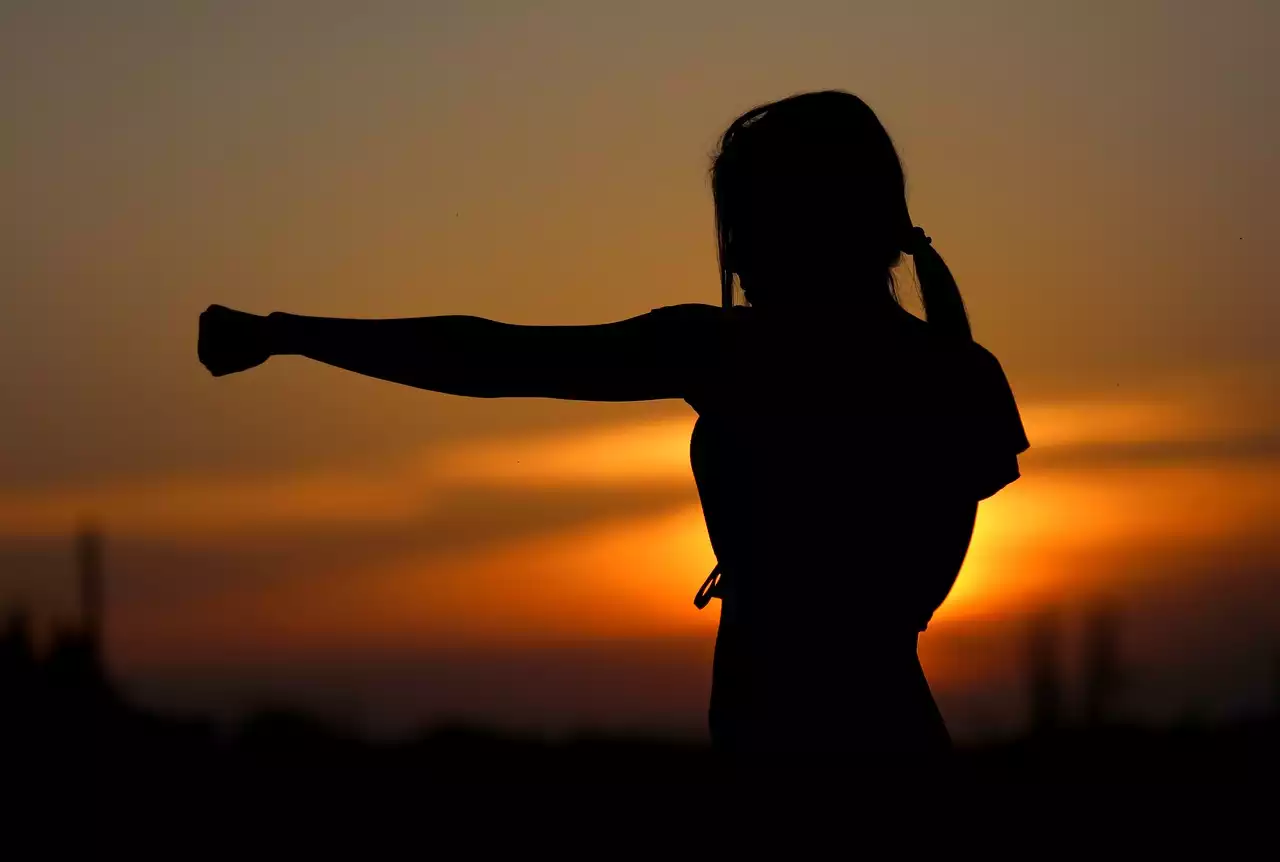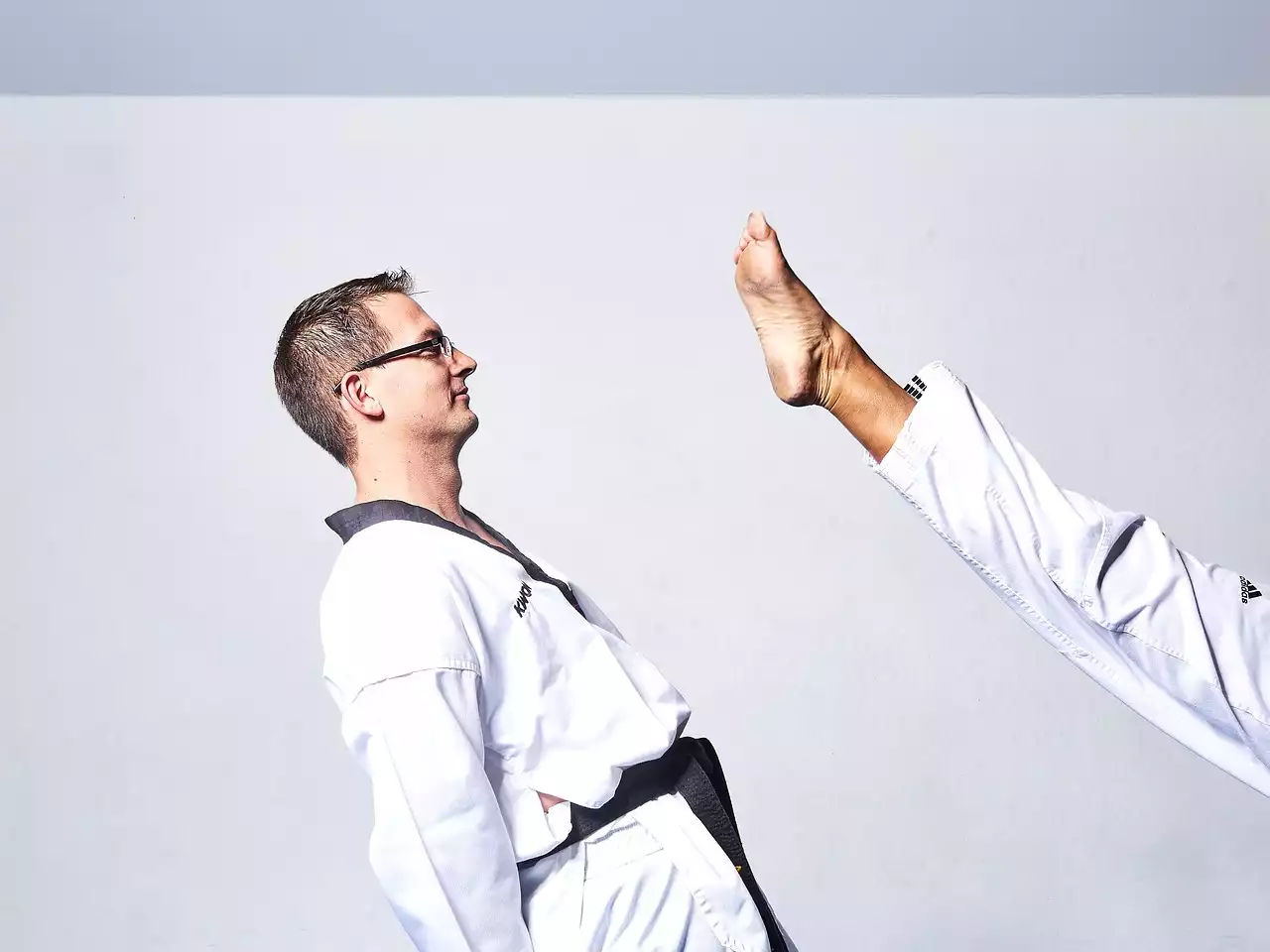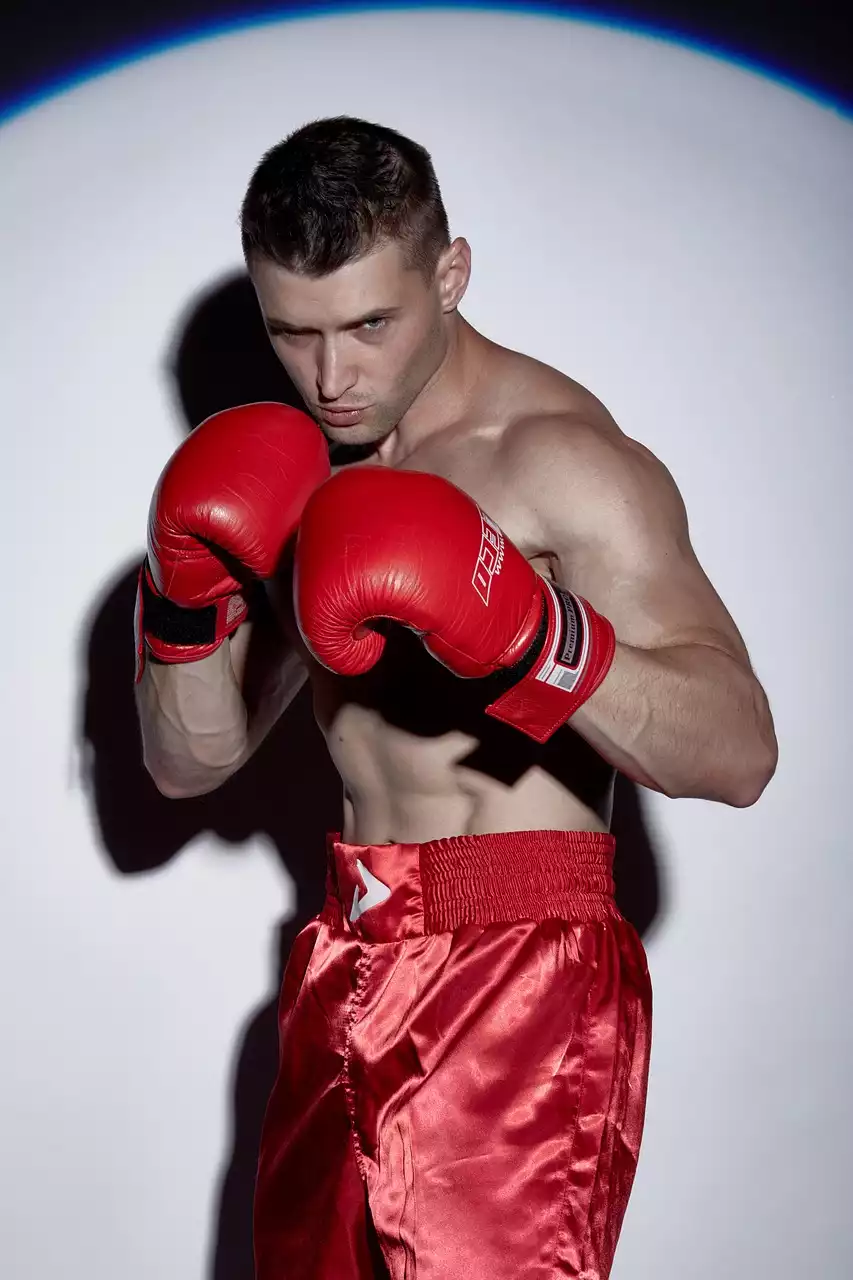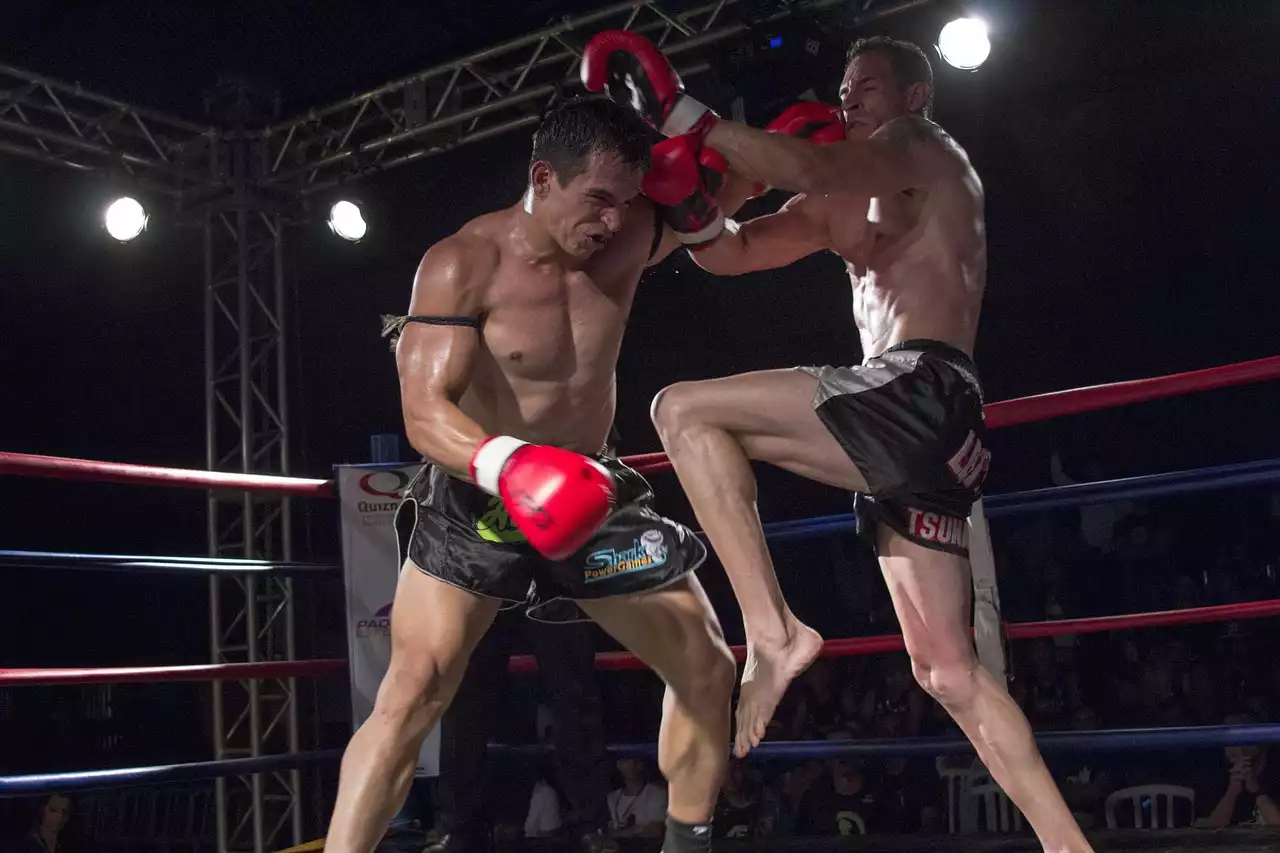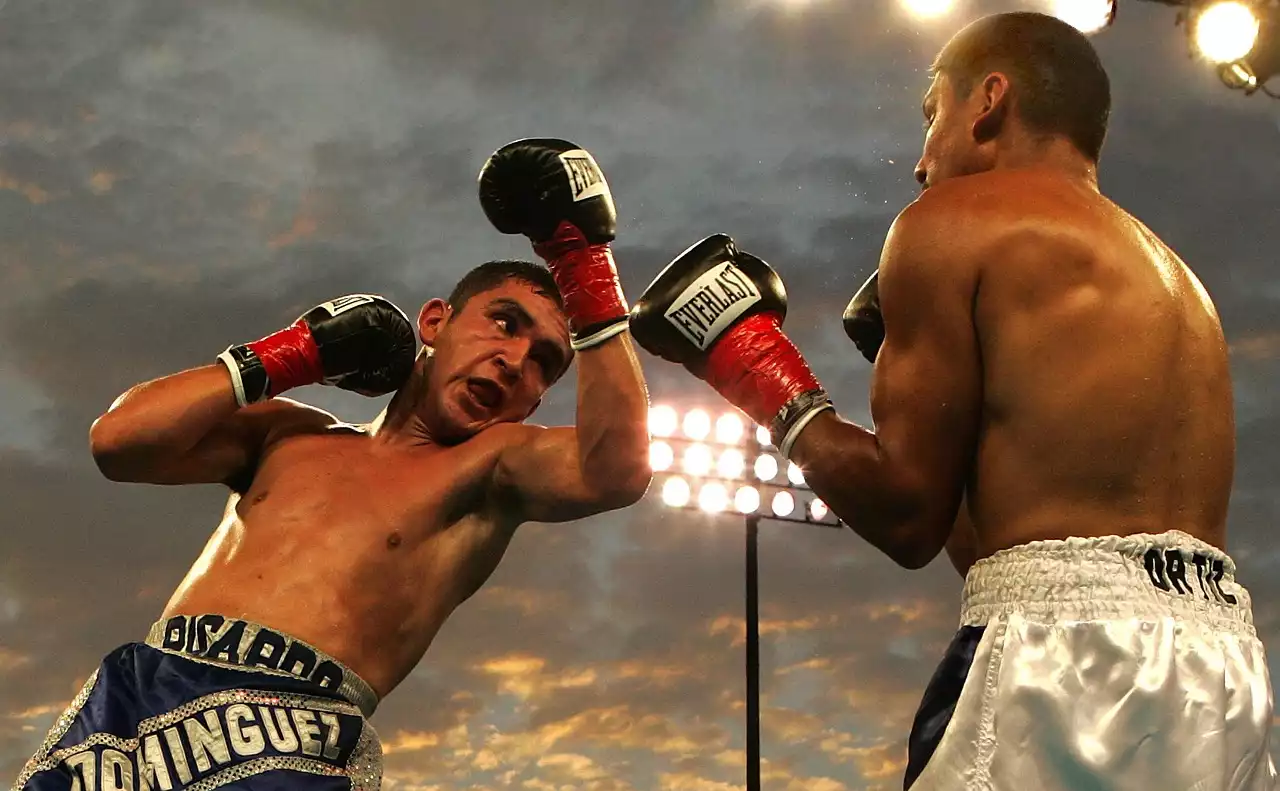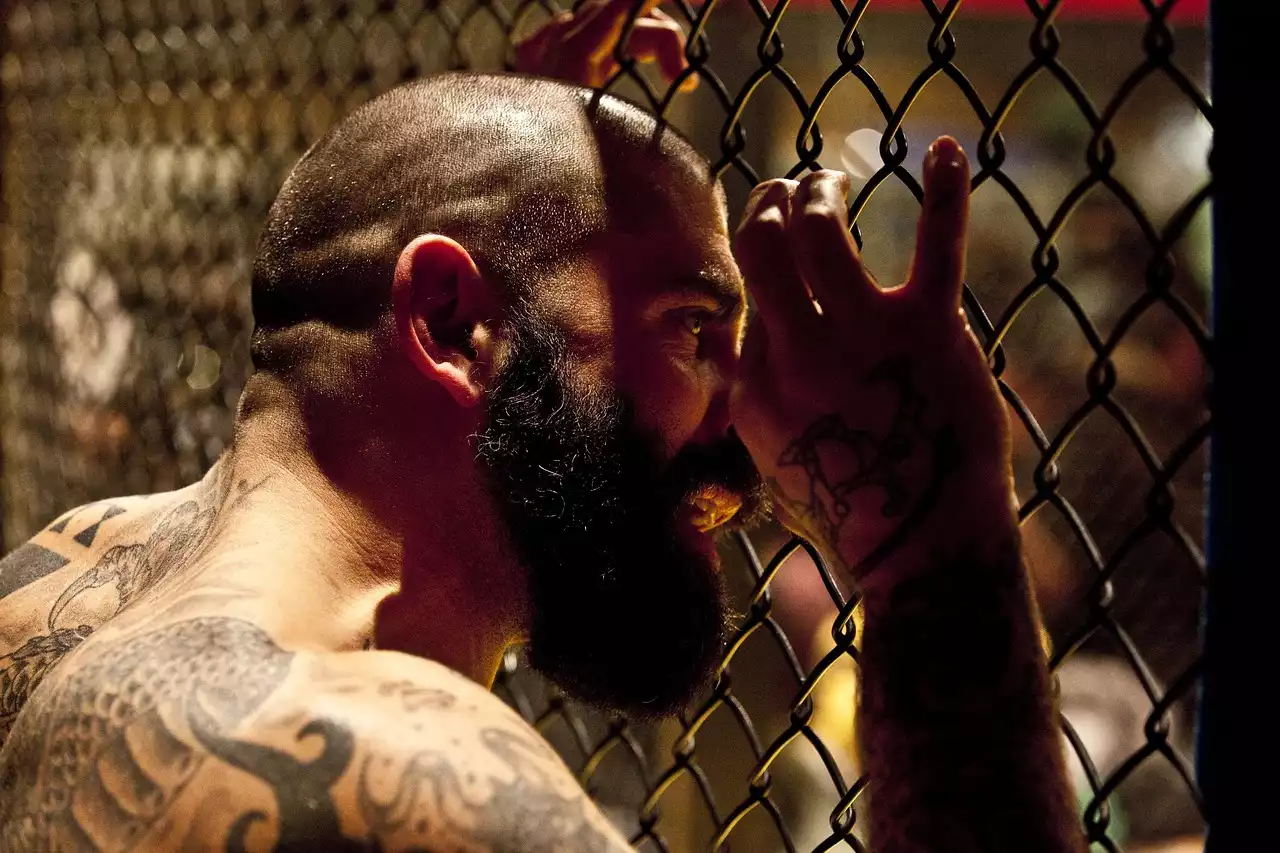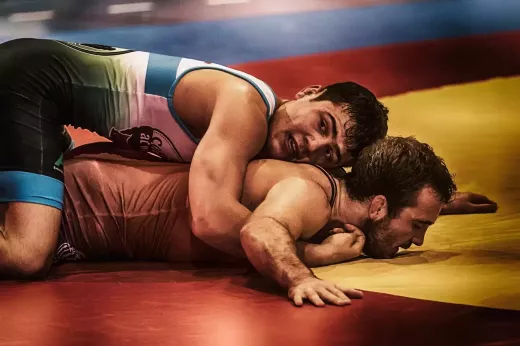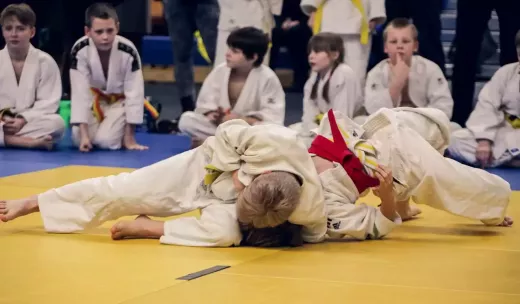History of Okinawan Karate
Karate has a rich history that dates back to the 14th century when Okinawa was an independent kingdom. During this time, Okinawa was a hub for trade between China and Japan, which allowed for the exchange of ideas and knowledge. Chinese martial arts were brought to Okinawa, which eventually led to the development of karate.
In the early days of karate, it was known as "Te" or "hand" and was only practiced by a select few. It wasn't until the 20th century that karate became widely known and practiced around the world. Today, karate is recognized as an Olympic sport and is practiced by millions of people worldwide.
Key Principles of Okinawan Karate
The practice of Okinawan karate is based on several key principles. The first is respect for oneself and others. Practitioners of karate are taught to show respect to their instructors, fellow students, and opponents. This includes bowing before and after a match, as well as showing respect to the dojo or training hall.
Another key principle of karate is discipline. This includes physical and mental discipline. Practitioners are expected to train regularly and work to improve their skills. They are also expected to maintain a positive attitude and work to overcome any obstacles they may encounter.
Self-control is another important principle of karate. Practitioners are taught to control their actions and emotions both in and out of the dojo. This includes maintaining a calm and focused demeanor during training and competition, as well as in daily life.
Benefits of Practicing Okinawan Karate
The benefits of practicing Okinawan karate are numerous. One of the most notable is improved physical fitness. Karate is a full-body workout that can help improve strength, flexibility, and endurance. It can also help with weight loss and overall health.
Practicing karate can also have a positive impact on mental health. The discipline and focus required to practice karate can help reduce stress and improve mental clarity. It can also help improve self-confidence and self-esteem.
Another benefit of practicing karate is improved self-defense skills. Karate techniques are designed to be effective in real-world situations and can help individuals protect themselves and others if necessary.
Different Styles of Okinawan Karate
There are several different styles of Okinawan karate, each with its own unique characteristics and techniques. Some of the most popular styles include Shotokan, Goju-ryu, Shito-ryu, and Wado-ryu.
Shotokan is one of the most widely practiced styles of karate and is known for its strong, linear movements and emphasis on power. Goju-ryu, on the other hand, is known for its circular movements and emphasis on breathing and relaxation.
Shito-ryu is a style that incorporates elements of both Shotokan and Goju-ryu and is known for its fluid movements and emphasis on practical self-defense. Wado-ryu, meanwhile, is a style that focuses on the blend of karate and jujutsu techniques, emphasizing body movement and evasion.
Basic Techniques and Forms in Okinawan Karate
Practitioners of Okinawan karate start by learning basic techniques and forms. Techniques include punches, kicks, blocks, and strikes. Forms, known as kata, are a series of movements that simulate a fight against imaginary opponents.
Kata is an essential part of Okinawan karate and helps practitioners develop proper technique, balance, and power. Each kata has a specific set of movements and is performed in a particular order. Practitioners must learn and master each kata before moving on to more advanced techniques and forms.
Advanced Techniques and Kata in Okinawan Karate
As practitioners progress in their training, they learn more advanced techniques and kata. These include combination techniques, joint locks, throws, and takedowns. Advanced kata also incorporate more complex movements and techniques, including jumps and spins.
One of the most important aspects of advanced training is sparring, which allows practitioners to test their skills against a live opponent. Sparring can be done in a controlled environment with protective gear, or in a competitive setting.
Okinawan Karate Training and Progression
Training in Okinawan karate is a lifelong journey. Practitioners start by learning basic techniques and forms and progress to more advanced techniques and kata. They also work to develop physical and mental discipline, self-control, and respect.
As practitioners progress, they may earn belts or ranks, which signify their level of skill and knowledge. Belt colors vary between styles, but generally start with white for beginners and progress to black for advanced practitioners.
Famous Okinawan Karate Masters and their Contributions
Several famous Okinawan karate masters have made significant contributions to the art. Gichin Funakoshi, the founder of Shotokan karate, is one of the most well-known. He is credited with bringing karate to mainland Japan and spreading it throughout the world.
Another famous master is Chojun Miyagi, the founder of Goju-ryu karate. Miyagi developed a unique style that incorporated both hard and soft techniques, and emphasized the importance of breathing and relaxation.
Okinawan Karate and its Impact on Modern Martial Arts
Okinawan karate has had a significant impact on modern martial arts. Many of the techniques and principles of karate have been incorporated into other martial arts, including taekwondo and kickboxing.
Karate has also influenced the development of mixed martial arts (MMA), a sport that combines techniques from various martial arts. Many MMA fighters have backgrounds in karate, and some of the most successful fighters have used karate techniques to win fights.
Okinawan karate is much more than just a form of fighting. It is a way of life that teaches discipline, respect, and self-control. The history and philosophy behind karate are rich and fascinating, and the physical techniques and training methods are challenging and rewarding.
Whether you are a seasoned practitioner or a beginner, there is always more to learn and discover in the world of Okinawan karate. By practicing karate, you can improve your physical and mental fitness, develop self-defense skills, and foster personal growth and development.
